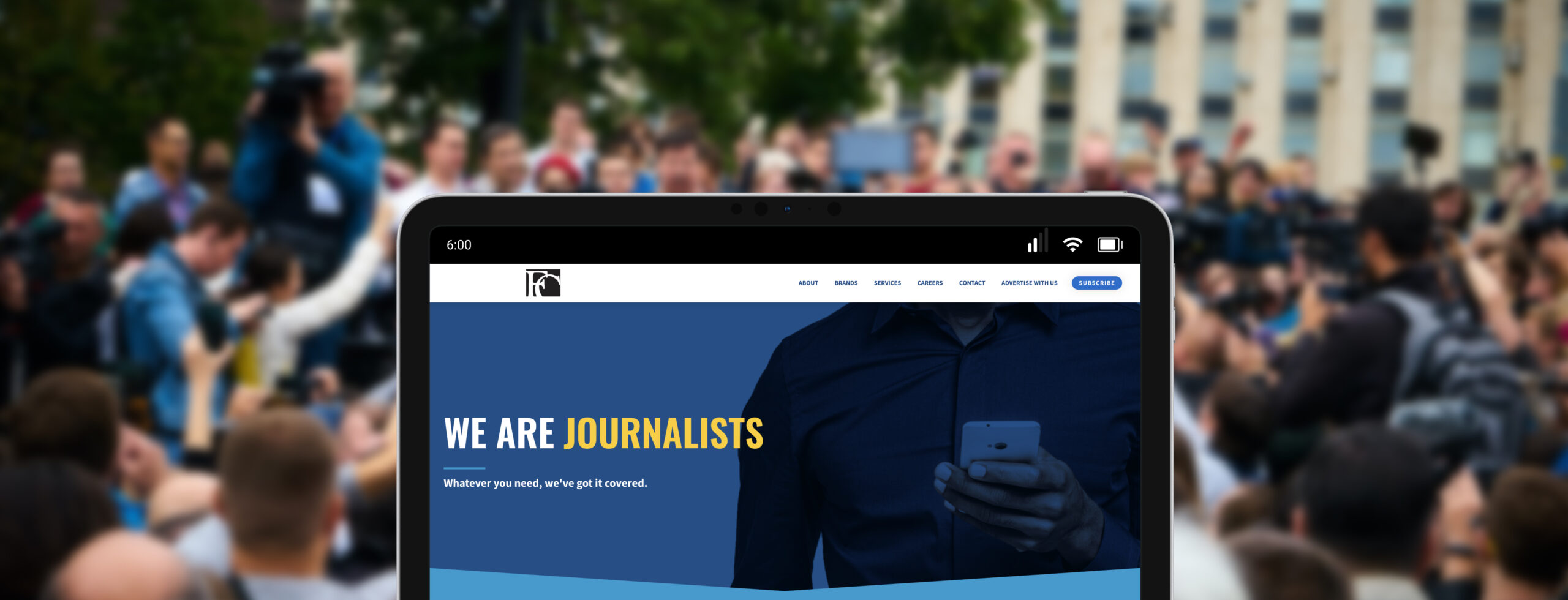We are proud to announce the go-live of the Viafoura partnership with Forum Communications Company, a fifth-generation family-owned media company with over 150 years of excellence and innovation in connecting and informing communities.
“At Forum Communications Company, our legacy lies in the power of communication to inform and unite people in the communities we serve,” says Amy Fredrickson, VP Marketing at Forum Communications. “Partnering with Viafoura aligns perfectly with our mission to enhance our readers’ experience and create thriving online communities.”
Forum Communications recognized the value of Viafoura’s solutions and how they would directly impact their readers and overall objectives. With an easy-to-use format for readers, Viafoura’s Conversations product suite introduces new features that will keep readers engaged, encouraging them to return for more enriching experiences. This paired with Viafoura’s AI moderation aims to create a vibrant community where readers and subscribers can connect, discuss, and foster meaningful conversations.
Parallel, Forum and Viafoura will partner in a hands-on change management approach with Editorial Newsrooms aimed at designing custom plans that tailor to the needs and voice of each individual newsroom. This includes a unique set of engagement playbooks with newsroom champions at each brand.
With Viafoura as a partner, Forum expects significant quantitative outcomes. Increased engagement levels will empower readers to actively participate in the discussions, while registrations increase as more individuals become part of Forum’s growing community. Ultimately, this partnership is expected to drive a rise in subscriptions, solidifying Forum Communications’ position as a leading media company.
Dalia Vainer, Director of Customer Experience, comments on the partnership: “We are thrilled to be the vendor of choice for Forum’s 23-site launch as they introduce the world of community engagement! We are also looking forward to deploying our engagement playbooks over the coming months as we supercharge their community as a catalyst and strategic avenue for registration conversion.”.







 Central to our accessibility efforts is Farhan Jiwani, a Senior Front End Engineer, and accessibility subject matter expert at Viafoura. With over a decade of experience in accessibility, Farhan’s passion began when one of his former clients, a Bank, made accessibility a priority years ago. This experience spurred his desire to make communication universally accessible.
Central to our accessibility efforts is Farhan Jiwani, a Senior Front End Engineer, and accessibility subject matter expert at Viafoura. With over a decade of experience in accessibility, Farhan’s passion began when one of his former clients, a Bank, made accessibility a priority years ago. This experience spurred his desire to make communication universally accessible.








